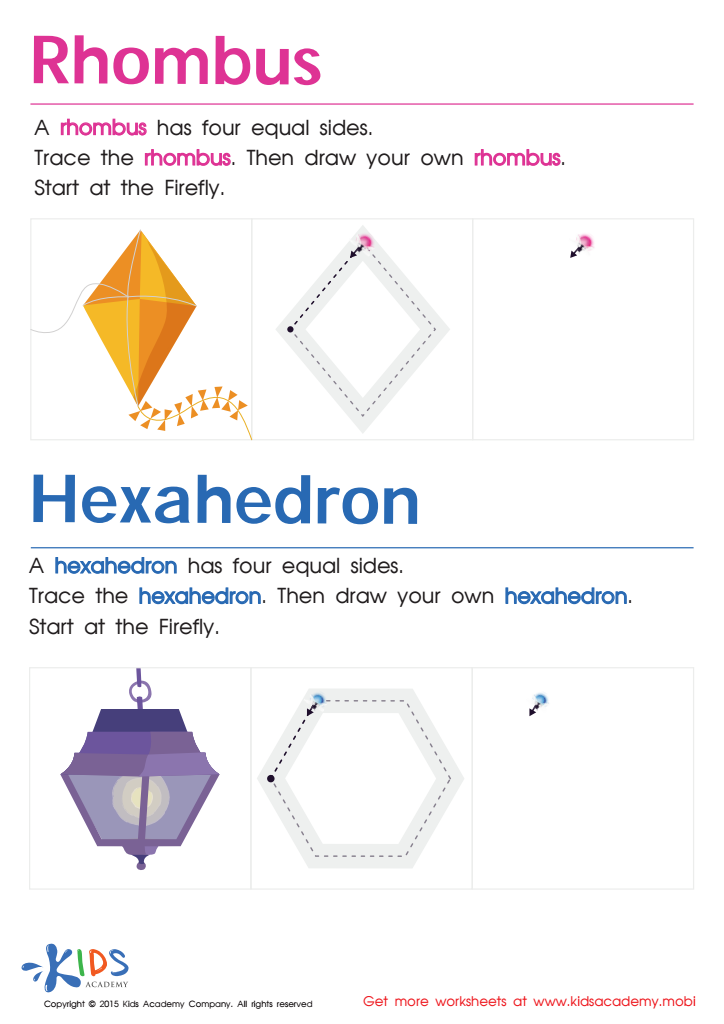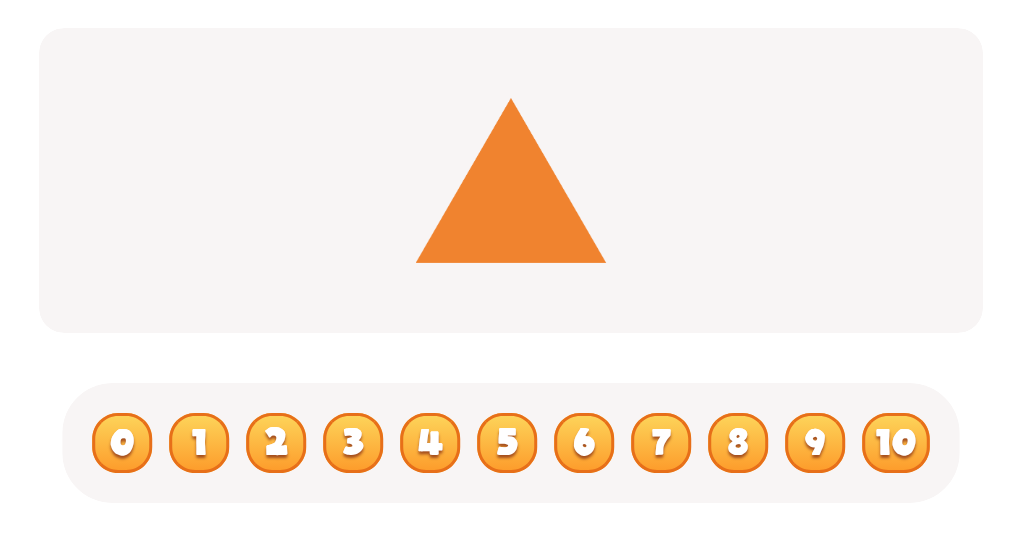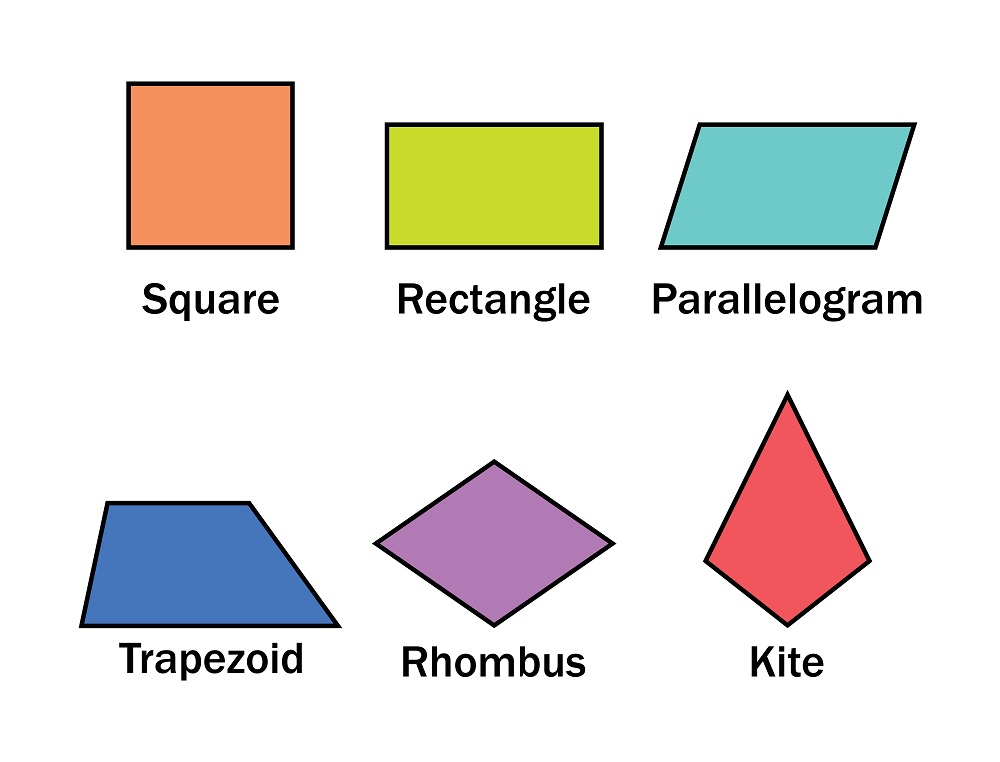Spatial reasoning Normal Geometry Worksheets for Ages 4-9
3 filtered results
-
From - To
Discover a collection of engaging Spatial Reasoning Normal Geometry Worksheets designed specifically for children ages 4 to 9. These interactive activities help young learners develop essential spatial skills through fun, age-appropriate exercises. Our worksheets cover key concepts such as shape recognition, spatial awareness, and basic geometric principles, fostering critical thinking and problem-solving abilities. Ideal for both classroom and home use, these worksheets support early math education while keeping children entertained. Enhance your child's understanding of geometry and inspire a lifelong love for learning with our carefully crafted resources. Learn more and set the foundation for their mathematical journey today!


Draw a Rhombus And a Hexahedron Printable


Shapes Maze Geometry Worksheet


Bugs on Top or Bottom? Worksheet
Spatial reasoning and geometry are crucial cognitive skills that significantly impact children's overall development, especially in the early years, ages 4-9. During this period, children are developing foundational skills that will influence their academic progress across various subjects, particularly mathematics and science. Spatial reasoning involves the ability to visualize and manipulate objects in space, which lays the groundwork for understanding geometry.
Teachers and parents should prioritize fostering spatial reasoning and geometry in young learners for several reasons. First, strong spatial skills are linked to success in STEM (science, technology, engineering, and mathematics) fields, which are increasingly vital in our technology-driven society. Engaging children in activities such as shape sorting, puzzles, and building blocks can enhance these skills, making learning both enjoyable and impactful.
Moreover, spatial reasoning contributes to problem-solving abilities and critical thinking. Children who excel in these areas often show improved performance in math and science as they progress in school. By nurturing these skills, parents and teachers are equipping children with the tools they need for academic success and practical life competencies. Ultimately, focusing on spatial reasoning and geometry early on promotes a growth mindset, fostering curiosity and a love for learning that can last a lifetime.
 Assign to My Students
Assign to My Students






























